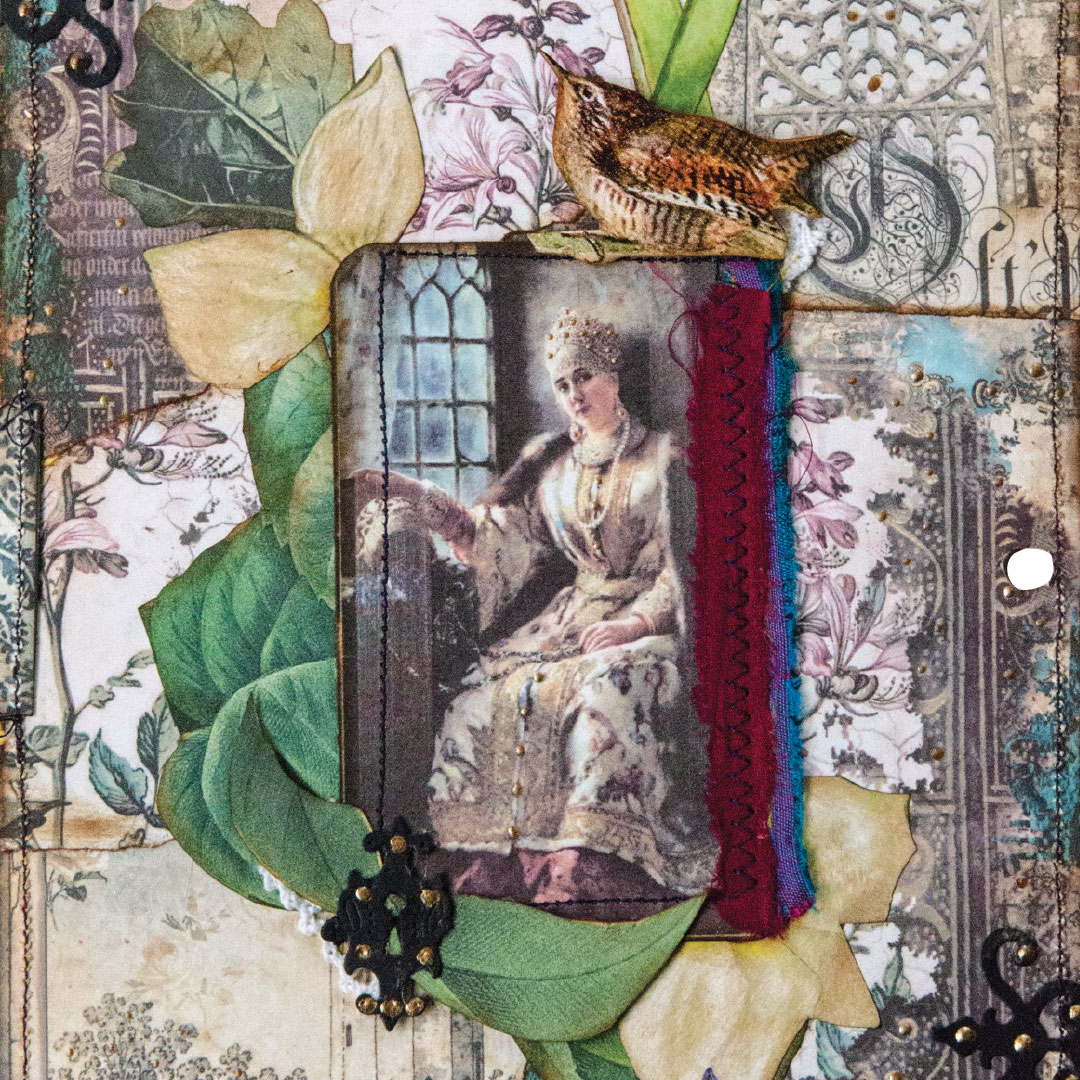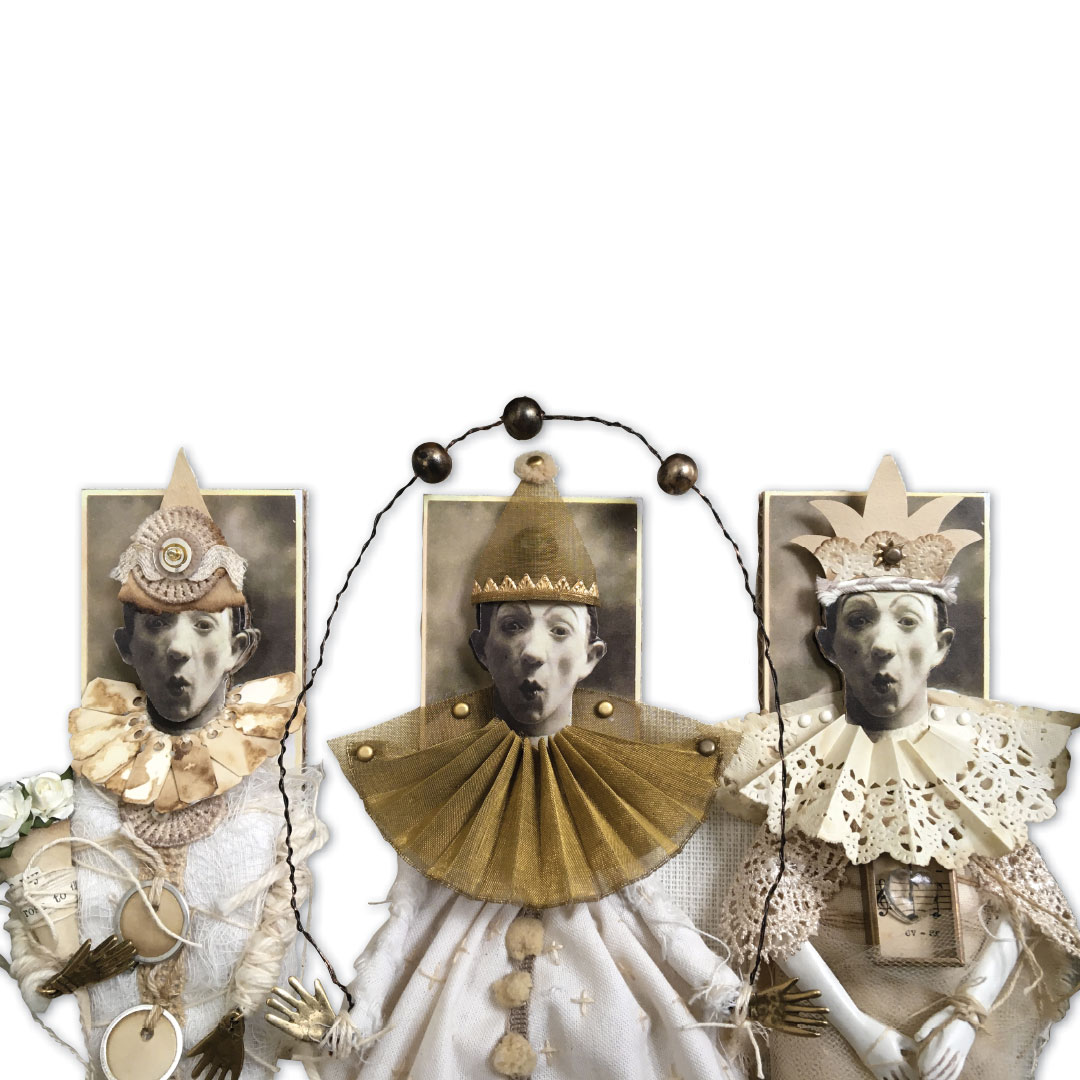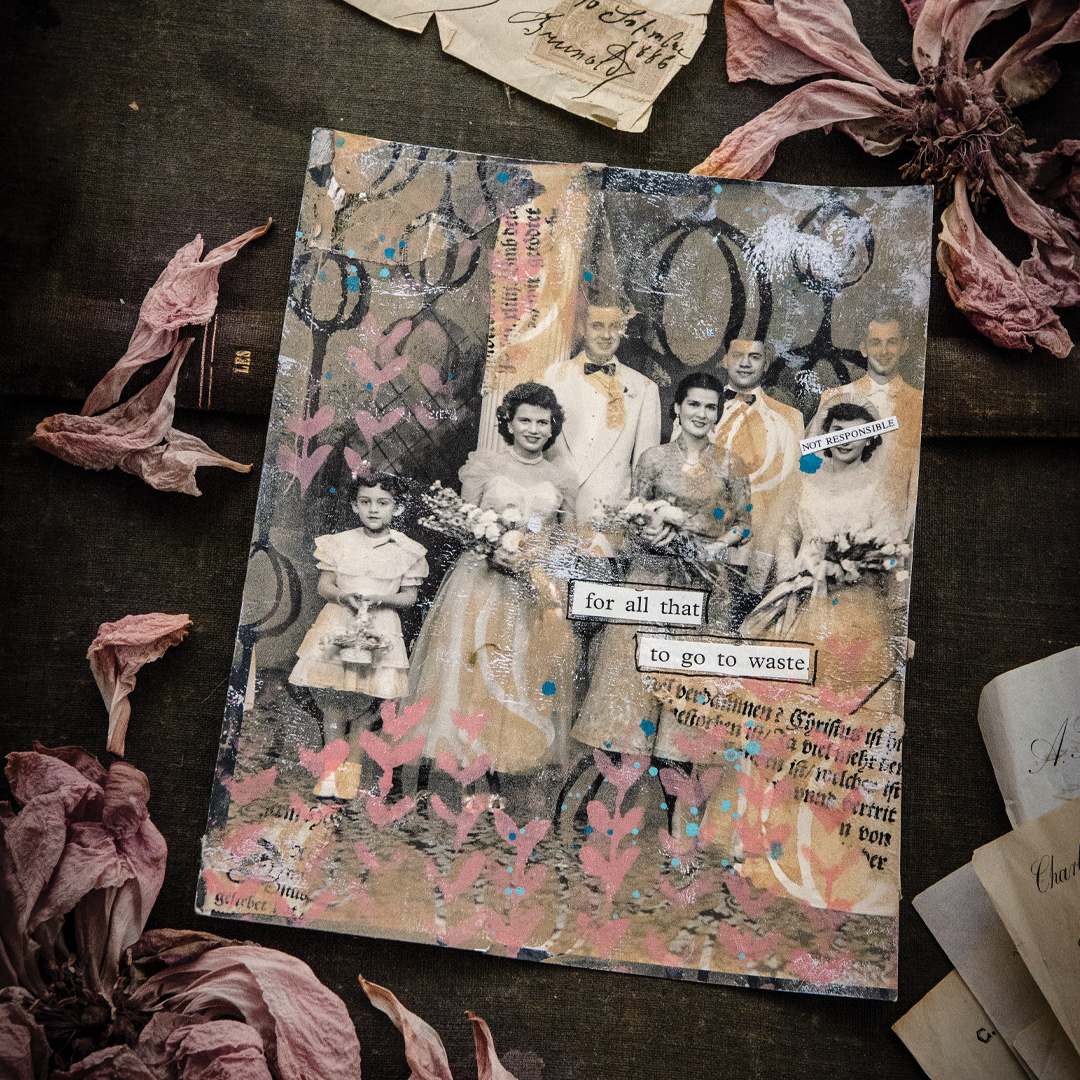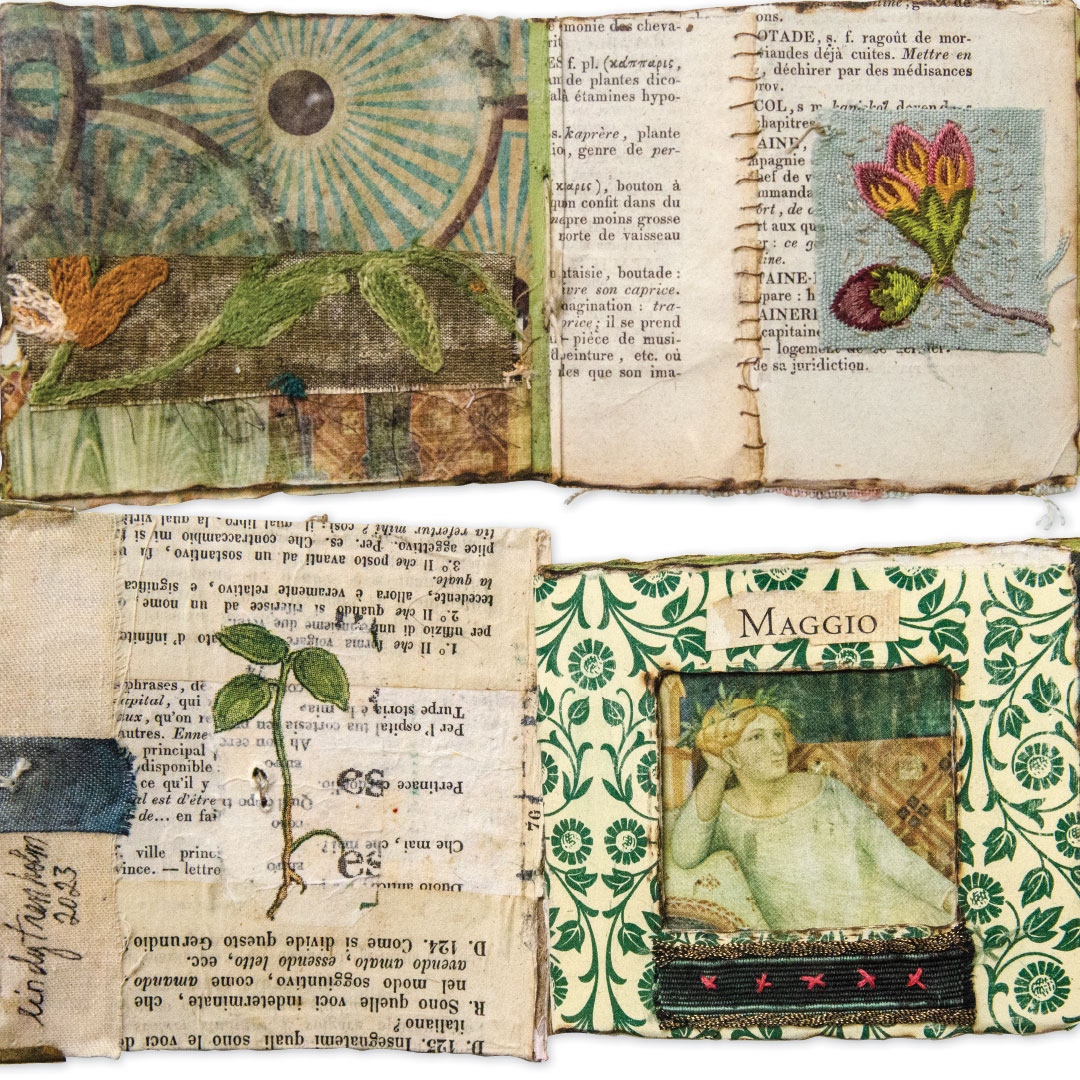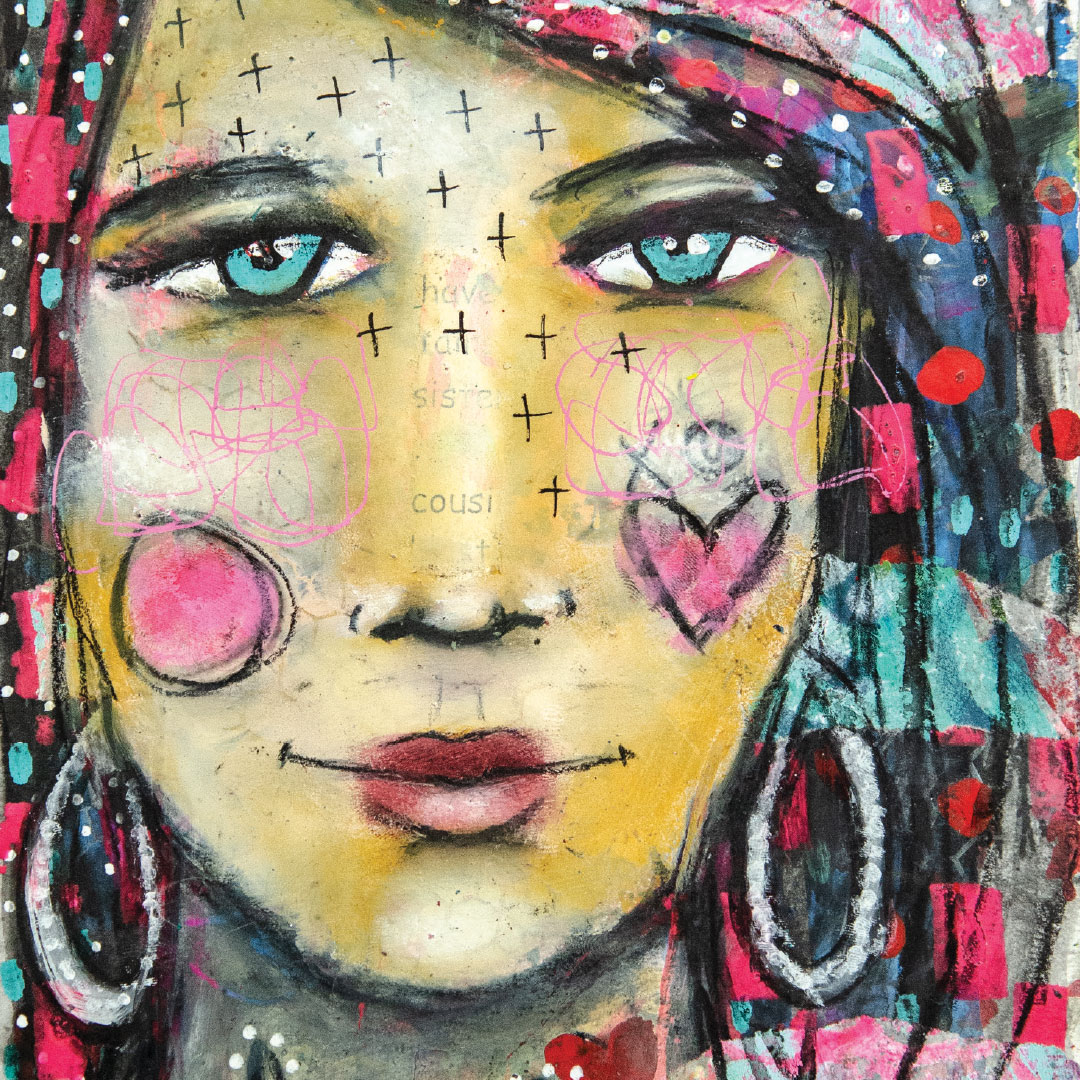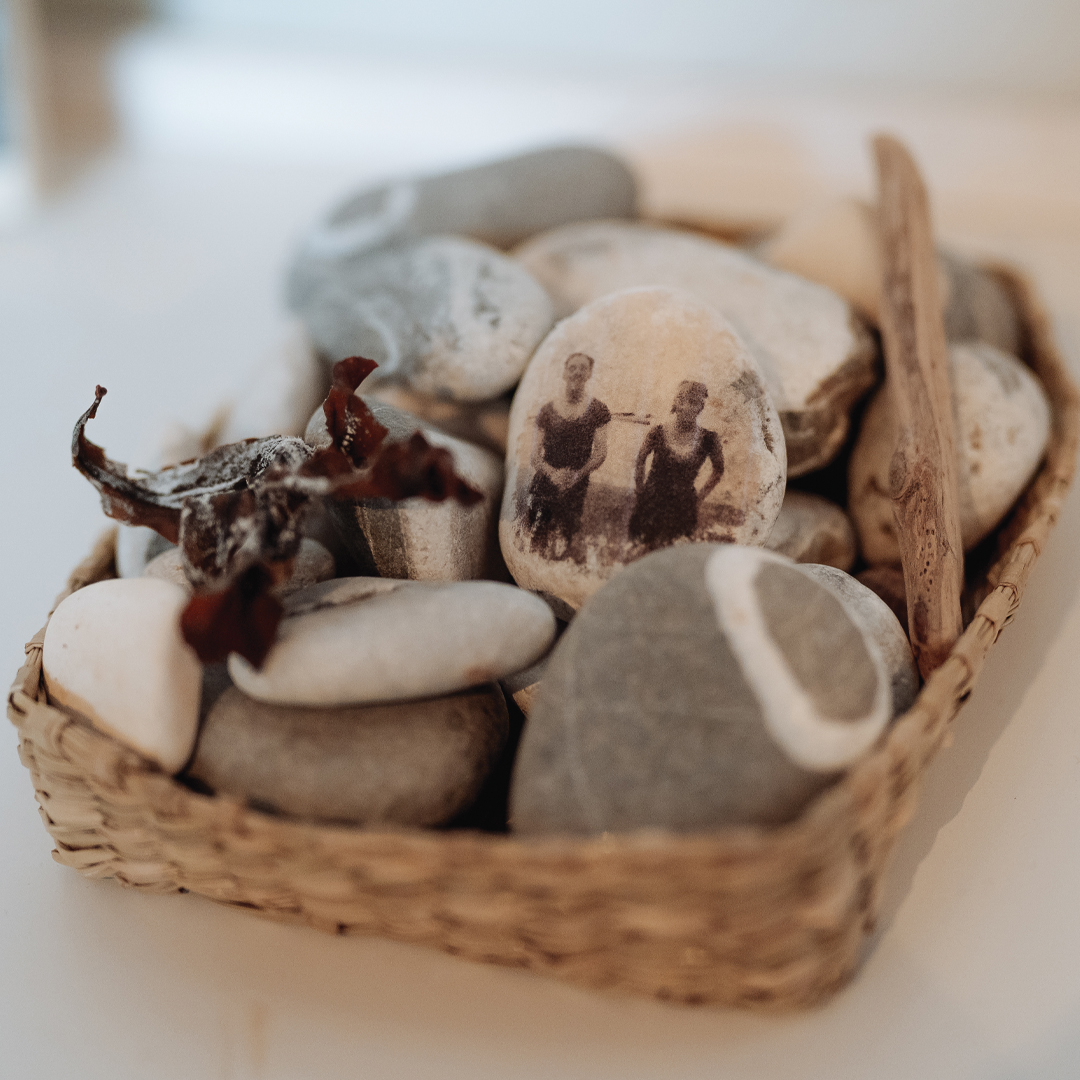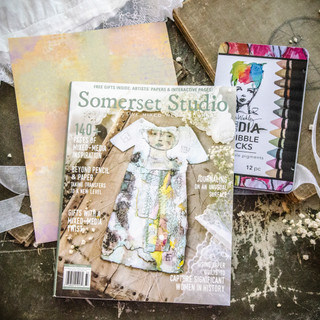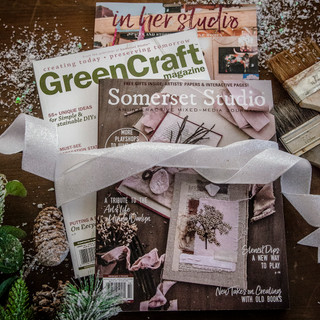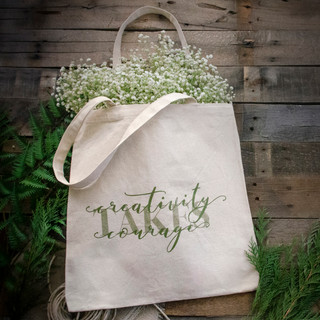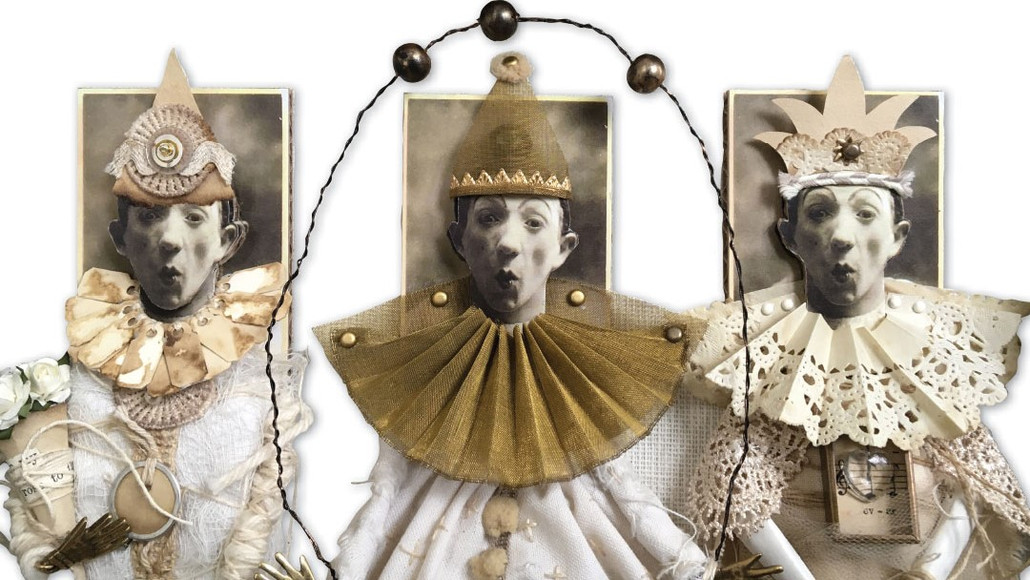
The Differences Between 6 Types of Mixed-Media Art
Aug 24th 2023
As artists push the boundaries of traditional mediums, new avenues of creativity open up. Mixed-media art has emerged as a testament to this boundless creativity. It's the fusion of diverse materials, techniques, and ideas, leading to dynamic, multi-dimensional masterpieces.
But not all mixed-media is the same. In this exploration, we delve into what mixed-media is and uncover the differences that define each type.
What Is Mixed-Media Art?
At its core, mixed-media art is about multi-dimensional artworks that go beyond the confines of a single artistic approach.
This dynamic genre encourages artists to experiment with various techniques, textures, and materials. It allows them to blend and juxtapose elements that might not traditionally coexist. Unconventional materials are in use alongside more traditional ones. Hence, the result is often a visually striking piece that engages viewers on multiple levels.
The Rise of Mixed-Media Art
Mixed-media art found fertile ground amid modernism's embrace of experimentation and innovation. During this time, artists began to explore the intersections between painting, sculpture, and various craft techniques.
Pablo Picasso's groundbreaking work " Still Life with Chair Caning" (1912) is a significant example of mixed-media art. In his artwork, he incorporated a piece of oilcloth printed with a chair caning pattern and used actual rope to create a three-dimensional border around the image. This mixture of materials challenged the traditional separation between two- and three-dimensional art forms.
Distinctions Between Mixed-Media and Multimedia Art
One of the main aspects of mixed-media is the layering of materials and the interaction between different elements. Artists blend materials like paper, fabric, photographs, paints, inks, and found objects to create intricate compositions. The choice of materials adds depth, tactile qualities, and conceptual significance to the artwork.
On the other hand, multimedia art refers to art that utilizes digital technology and multiple media formats. This art form often emphasizes interactivity and viewer engagement. And unlike mixed-media, which focuses on physical materials, multimedia art involves digital mediums like video and sound.
6 Types of Mixed-Media Art
Within mixed-media, there are several distinct types that artists can choose from, each offering its own unique approach and aesthetic.
JULIE ROHRER⎟ SOMERSET STUDIO AUTUMN 2023
Collage
Collage is one of the most well-known forms of mixed-media art. It involves assembling different materials, such as paper, fabric, and photographs, onto a surface to create a unified composition.
In this form, the choice of materials can dramatically impact the message and aesthetic of the artwork. For instance, torn paper fragments might create a vintage and nostalgic atmosphere. Conversely, sleek magazine cutouts can result in a contemporary and polished appearance.
Collage allows artists to experiment with composition, balance, and narrative by arranging disparate elements. And while exploring juxtaposition and context, collage artists also play with texture, color, and shape.
Related: 12 Creative Collage Ideas To Explore
MICHELLE WARD⎟ SOMERSET STUDIO SUMMER 2022
Assemblage
Assemblage takes the idea of collage to a more sculptural level. Instead of arranging flat materials on a surface, artists construct three-dimensional compositions. But unlike traditional sculpture, assemblage often encompasses unconventional and repurposed materials like found objects or discarded items. Artists choose these objects for their symbolic significance, combining them in unexpected and thought-provoking ways.
Assemblage encourages artists to explore concepts of transformation and recontextualization. By repurposing discarded objects, artists can give new life and meaning to overlooked items. The excitement lies in scavenging for materials and trying to fit them into a cohesive visual scheme or narrative.
MARIANNA LAREW⎟ SOMERSET STUDIO AUTUMN 2023
Découpage
Découpage stands out for its ability to create depth and layering within a two-dimensional space. It's a meticulous process of cutting out images and gluing them onto a surface. The hallmark is its seamless merging of different materials, giving the illusion of naturally integrated elements.
One of découpage's strengths is its adaptability to various styles and themes. Artists can create pieces that range from whimsical and folk-inspired to sophisticated and abstract. Likewise, the process allows for personalization and storytelling.
LINDA TRENHOLM⎟ SOMERSET STUDIO AUTUMN 2023
Book Alteration
Book alteration uses various artistic interventions to transform a physical book. These interventions range from delicate and subtle changes to radical alterations. Artists may cut, fold, sew, paint, collage, and even sculpt within the pages of a book. Reshaping its content and structure, artists imbue it with new meaning and artistic vitality.
Some book alteration projects maintain a clear connection to the book's original content and themes. Meanwhile, others use the book as a canvas for entirely new stories and messages. Regardless, this fusion is an intriguing intersection of literature, visual art, and craftsmanship.
NICOLE AUSTIN⎟ ART JOURNALING SUMMER 2023
Wet and Dry Media
Wet and dry media refer to the combination of materials with contrasting states of liquidity and viscosity. Wet media typically include materials applied in a liquid form, like watercolors, acrylic paints, and inks. These media often possess a transparency and vibrancy that allow for layering and blending.
On the other hand, dry media include substances like pencils, pastels, graphite, and collage elements such as paper and fabric. These materials offer textural depth and control over lines, shading, and details. Artists can manipulate them with various techniques, such as smudging, erasing, and blending.
Related: Watercolor Techniques: Wet On Dry Vs. Wet On Wet
JANE CHIPP⎟ SOMERSET STUDIO AUTUMN 2023
Found Object Art
Found object art, also known as " objet trouvé," is a subset of mixed-media that centers around everyday objects as art materials. Artists collect and repurpose items like discarded tools, machine parts, and natural materials to create sculptures, installations, and assemblages. Found object art challenges notions of artistic value and beauty by elevating ordinary items into the realm of art.
The essence of found object art is transforming the mundane into the extraordinary. Artists give these objects new narratives and meanings, inviting viewers to reconsider their perceptions of everyday life. This form of mixed-media thrives on creativity, resourcefulness, and a keen eye for the potential of overlooked materials.
Getting Started with Mixed-Media Art
Mixed-media art is a playground where you can blend diverse elements to craft unique, textured, and visually engaging artworks. Here's a step-by-step guide to help you embark on this exciting creative journey.
Step 1: Gather Your Materials
Before you begin, gather a variety of art supplies and materials. These can include:
- Base Surface: Choose a surface to work on, like canvas, paper, wood, or even found objects like old book covers
- Media: Collect wet media (watercolors, acrylic paints, inks) and dry media (pencils, pastels, charcoal) to balance between fluidity and texture
- Adhesives: Have different adhesives on hand, like glue, gel medium, or Mod Podge, for attaching layers and collage elements
- Collage Materials: Collect paper scraps, fabric swatches, magazine cutouts, and any other materials you'd like to incorporate into your artwork
- Brushes and Tools: Assemble an assortment of brushes, sponges, palette knives, and other tools for applying and manipulating your chosen media
- Embellishments: Consider adding dimensional elements like beads, buttons, threads, or even small found objects to enhance your composition
- Protective Gear: Depending on the materials you're working with, you might need gloves, aprons, or other protective gear
Related: 10 Surface Choices For Mixed-Media Art
Step 2: Choose a Theme or Concept
Decide on a theme, concept, or emotion you want to convey through your mixed-media artwork. As a result, you'll have a better sense of direction and purpose. Whether it's nature, identity, or memory, having a guiding idea will help shape your choices of colors, materials, and techniques.
Step 3: Plan Your Composition
Sketch a rough layout or plan for your artwork. Consider the placement of different elements, the balance between wet and dry media, and how you'll integrate collage materials. While being spontaneous can be good, having a basic structure prevents the piece from becoming chaotic.
Step 4: Start with a Base Layer
Begin with a base layer of wet or dry media, depending on your preference. This layer sets the tone for the rest of your artwork. If using wet media, experiment with washes, drips, and blending. If you're starting with dry media, explore mark-making, shading, and texture-building.
Step 5: Add Layers and Collage
Build up your artwork by layering different materials and media. Apply collage elements, using adhesive to attach them to the surface. You can cut, tear, or manipulate collage materials to fit your composition. Experiment with transparency by layering semi-transparent papers or fabric.
Step 6: Experiment with Techniques
This step is where the magic happens. Experiment with techniques like blending wet media, creating textures with dry media, and combining both. Try out resist techniques by using water-resistant materials in combination with wet media. Embrace the unexpected results that arise from the interaction between different media.
Related: 30 Art Journaling Tips From Mixed-Media Artists
Step 7: Balance and Contrast
Maintain a balance between wet and dry media, light and dark values, and textured and smooth surfaces. Contrast adds visual interest and helps guide the viewer's eye through the artwork. Don't be afraid to push the boundaries and combine seemingly disparate elements for a harmonious contrast.
Step 8: Finishing Touches
As your artwork takes shape, step back and assess the composition. Add any final details, touches of color, or embellishments that enhance the overall visual impact. Ensure that the artwork conveys the emotion or concept you had in mind.
Step 9: Protect and Display
Once your mixed-media artwork is complete, apply a protective finish to seal the layers and enhance longevity. You can choose varnishes, fixatives, or other sealing products. Afterward, consider framing or displaying it in a way that complements its aesthetics.
Step 10: Embrace Exploration and Growth
Mixed-media art is about experimentation, discovery, and growth. Every piece you create is a chance to learn, refine your techniques, and develop your artistic voice. Don't be afraid to take risks, push your creative boundaries, and embrace unexpected outcomes.
If you find this information helpful, check out our Somerset Studio magazine. Peek inside, and you'll find 176 pages filled with mixed-media tips, techniques, on-trend projects, and artistic prompts.


